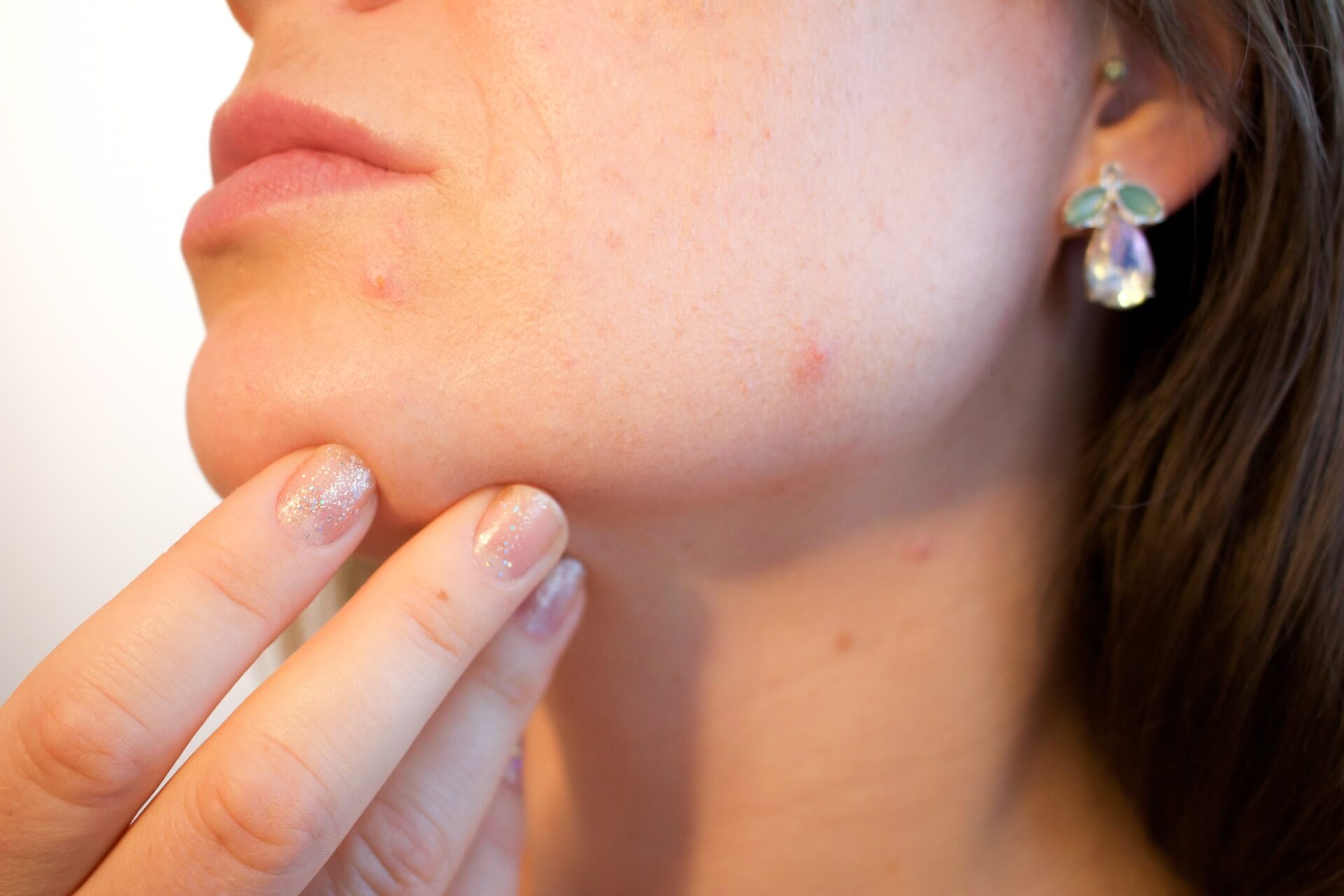The signal to start puberty comes from the hypothalamus in the brain. It comes when the hypothalamus reaches a certain degree of maturity. In girls, this level of maturity is weight-related. On average, a plumper girl will start puberty earlier than her slimmer but same-age sister.
The signal acts on the pituitary gland, also in the brain. Once it receives this signal, the pituitary releases the sex hormones FSH and LH. These control sexual development. FSH is a follicle-stimulating hormone, and LH is a luteinizing hormone. Because the ovaries and testes are gonads (producers of seed), the hormones which stimulate them, FSH and LH, are called gonadotrophins.
The pituitary releases gonadotrophins into the bloodstream. FSH stimulates the ovaries to produce estrogen. FSH and LH work together to stimulate the release of the egg. LH “springs” the egg at ovulation, and stimulates the empty follicle to produce progesterone. If there are disorders of the hypothalamus or the pituitary, this complex chain to trigger sexual development cannot begin. The girl cannot become feminized. Her body grows taller but remains that of a large overgrown child.
It takes at least a year for the levels of FSH and LH to build up. Then, it is all systems go; puberty begins in earnest. Breasts blossom, hips widen, the genitals enlarge, and so on. Periods begin. Feminization usually occurs between ages 10 and 13.














